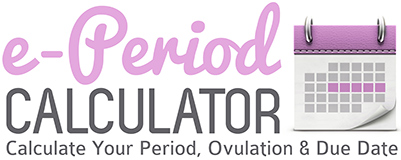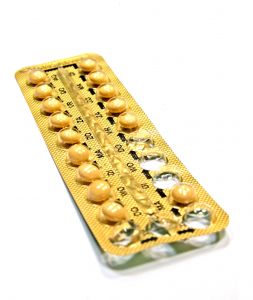Many problems are associated with the menstrual cycle and they may or may not affect a woman’s reproductive function. Are you familiar with these problems? If not, you are at the right place as this article will highlight some of the common menstrual cycle problems.
A normal menstrual cycle occurs every twenty-eight days and will last for about three to five days. Every female has a menstrual cycle with a unique pattern that might vary from what is considered normal. You won’t have anything to worry about if your pattern is identical each month, but you should get some checks done if you are noticing abnormalities as these might lead to serious medical conditions.
Let’s start with the problems associated with irregular menstruation.
Irregularity in menstruation can vary in duration or length, but it covers many problems. If your menstruation cycle occurs for less than twenty-five days or more than forty days, it would be irregular. The following are some conditions which are characterized by this irregularity:
Anovulation: You will have this condition if you are not ovulating normally. It’s worth mentioning that this condition can affect women with regular menses, so you might not know that you have ovulation problems until you are unsuccessful in getting pregnant.
Oligomenorrhea: This is one of the common menstrual cycle problems and it’s linked to fewer periods in a year. You might have this condition if your periods only come three to six times a year.
Oligomenorrhea is not a disease in itself, but is often a symptom of other conditions such as stress, obesity, hormonal imbalance and PCOS or polycystic ovarian syndrome.
Menstrual Cycle Cessation
Cessation of menstrual periods, also called amenorrhea, refers to the opposite of irregular menses with fewer periods. You will have this condition if you are in the reproductive age and you need medical help to get your periods. It is considered normal in females of menopausal age. Breastfeeding and pregnancy can also cause temporary amenorrhea. The serious causes include PCOS, anorexia, excessive exercises, and similar health conditions.
Menorrhagia
This condition is characterized by abdominal cramping and heavy bleeding. It is usually common in women close to menopause and young girls, both stages where the hormones changes. Hormonal imbalance is said to be the main cause of this condition.
Dysmenorrhea
This is a very painful menstruation problem that is linked to heavy bleeding and cramps. Ovarian cysts or endometriosis are often the main causes. Heavy bleeding with clotting during periods usually indicates polyps or uterine fibroids, benign growths inside the uterus. You can experience excessive bleeding if you have this condition.
If you are of the reproductive age, you need to seek medical help if you are experiencing any of these common menstrual cycle problems.



